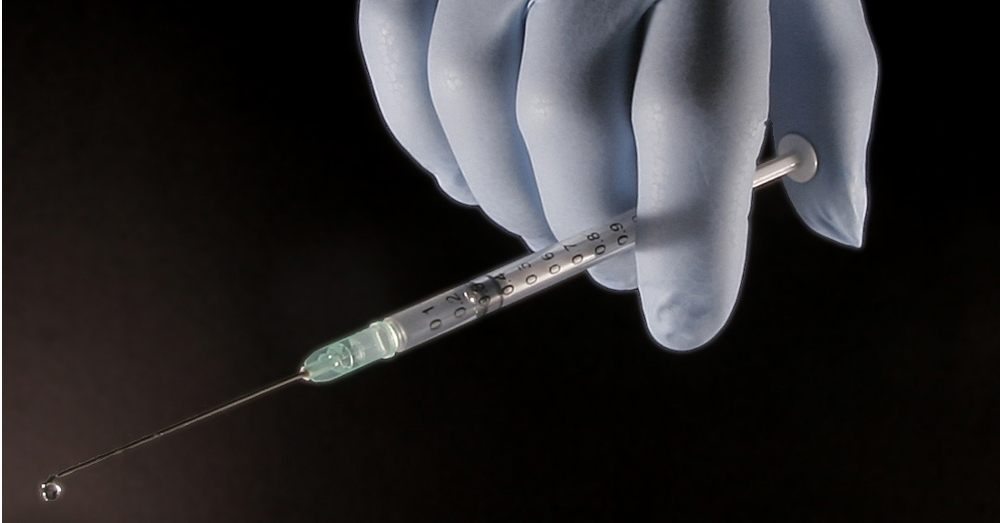
What are Little Boys Made of? Too Many Chemicals!
At least one in six American children (roughly 17%) has a diagnosed developmental disability. No matter which once-rare disorder one considers, each has witnessed a dramatic escalation over the past several decades. A systematic literature review recently published in Acta Neurobiologiae Experimentalis contends that these trends are at crisis proportions. The crisis is spiraling out of control, with society-wide impacts on services, institutions, families and, especially, boys.
February 5, 2018 | Source: World Mercury Project | by
At least one in six American children (roughly 17%) has a diagnosed developmental disability. No matter which once-rare disorder one considers—learning disabilities, autism spectrum disorder (ASD), attention deficit/hyperactivity disorder (ADHD), tics, obsessive-compulsive disorder (OCD) or emotional disturbances—each has witnessed a dramatic escalation over the past several decades. A systematic literature review recently published in Acta Neurobiologiae Experimentalis contends that these trends are at crisis proportions. The crisis is spiraling out of control, with society-wide impacts on services, institutions, families and, especially, boys.
There are at least two boys for every girl with a neurodevelopmental disorder. For ASD and ADHD, the male-to-female ratio is roughly four and five to one, respectively. Genetics cannot explain this consistent sex-specific pattern. What can explain it is children’s vastly increased exposure to and bioaccumulation of chemical neurotoxins at the same time that the explosion in neurodevelopmental disorders has unfolded. The studies examined in the systematic review indicate that males are more vulnerable to leading environmental toxins—and there are plausible biological mechanisms to explain this heightened vulnerability. In fact, the skewed sex ratio is, in and of itself, a vital clue that can help pinpoint major causes of neurodevelopmental disorders.
The primary chemical culprits
The review’s authors examined over four decades’ worth of studies (1970–2016) covering roughly 16 types of neurotoxicants. They used a six-point scoring system to categorize research that involved either humans, animal models or tissue cultures. The review identified a number of sex-dependent effects, some of which were clear-cut and others somewhat less so:
• Seven neurotoxins had more adverse effects for males, including extremely consistent effects for ethylmercury-containing thimerosal, lead, some organochlorine pesticides (dieldrin, endosulfan and heptachlor) and air pollution (including automotive exhaust and airborne toxic metals). Male-specific effects were present but somewhat less consistent for three other neurotoxins: elemental mercury vapor, polychlorinated biphenyls (PCBs) and organophosphate pesticides (OPPs).
• Two organochlorine pesticides (DDT and DDE) affected more females.
• For three categories of neurotoxins—inorganic mercury salts, methylmercury and endocrine disruptors such as phthalates and bisphenol A (BPA)—there were gender-specific neurotoxic effects but it was not possible to determine whether males or females were more adversely affected.
There was either insufficient or no research to draw conclusions about gender-specific neurotoxic effects for six types of neurotoxins: aluminum adjuvants in vaccines, arsenic, glyphosate, perfluorinated compounds, polybrominated diphenyl ethers (PBDEs) and polycyclic aromatic hydrocarbons (PAHs). The authors remind us, however, that “the lack of findings cannot be taken as a priori evidence of no gender-specific neurotoxic effects.”
